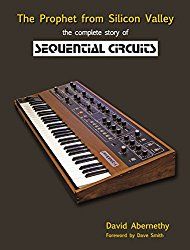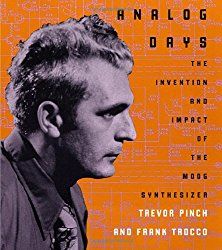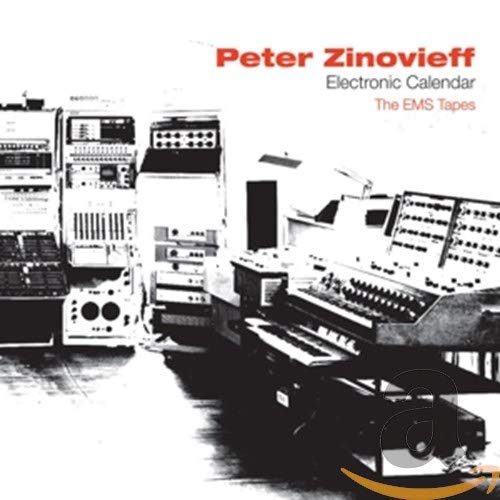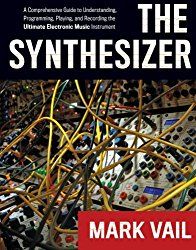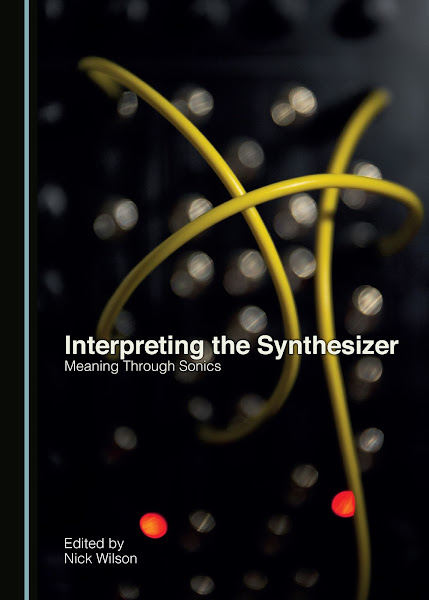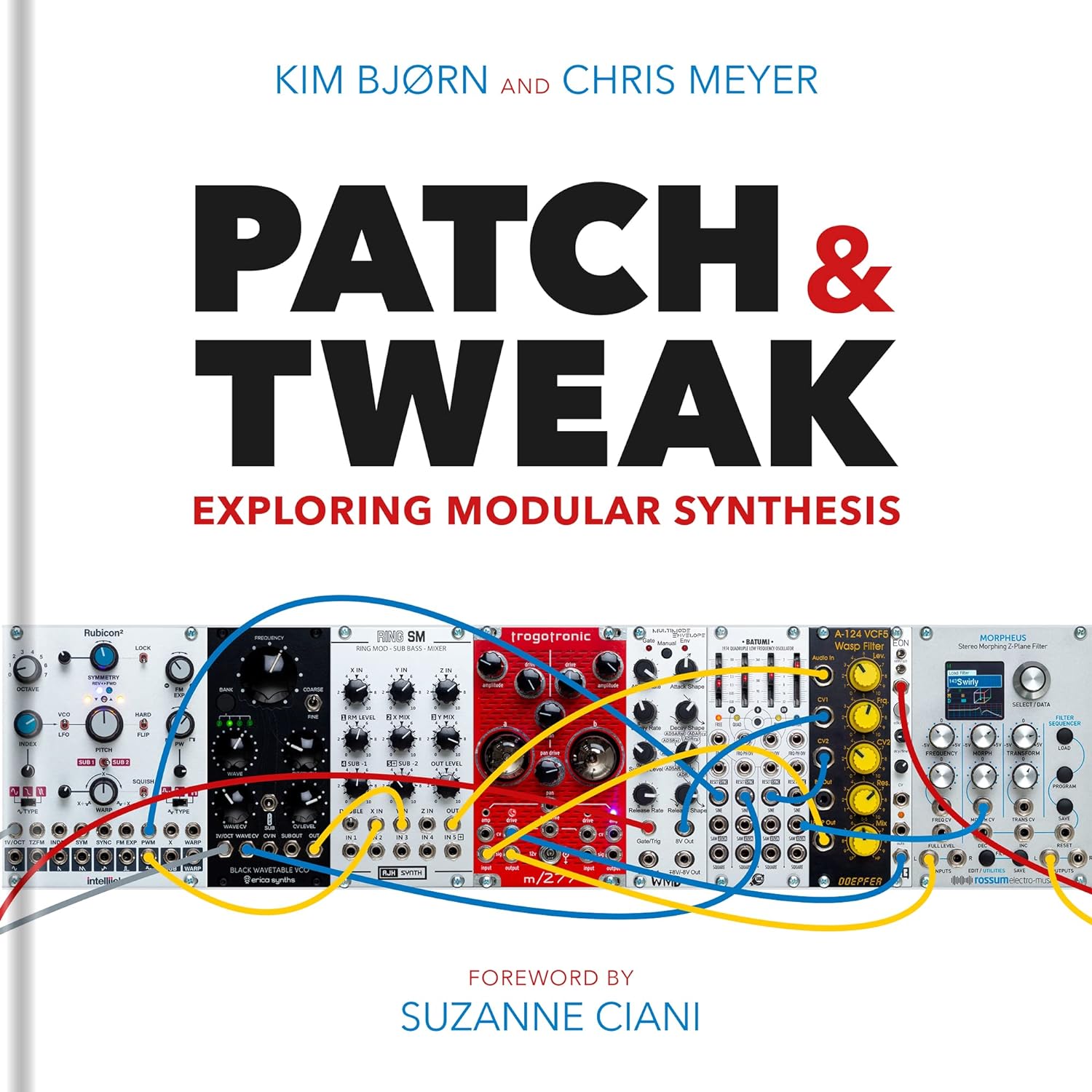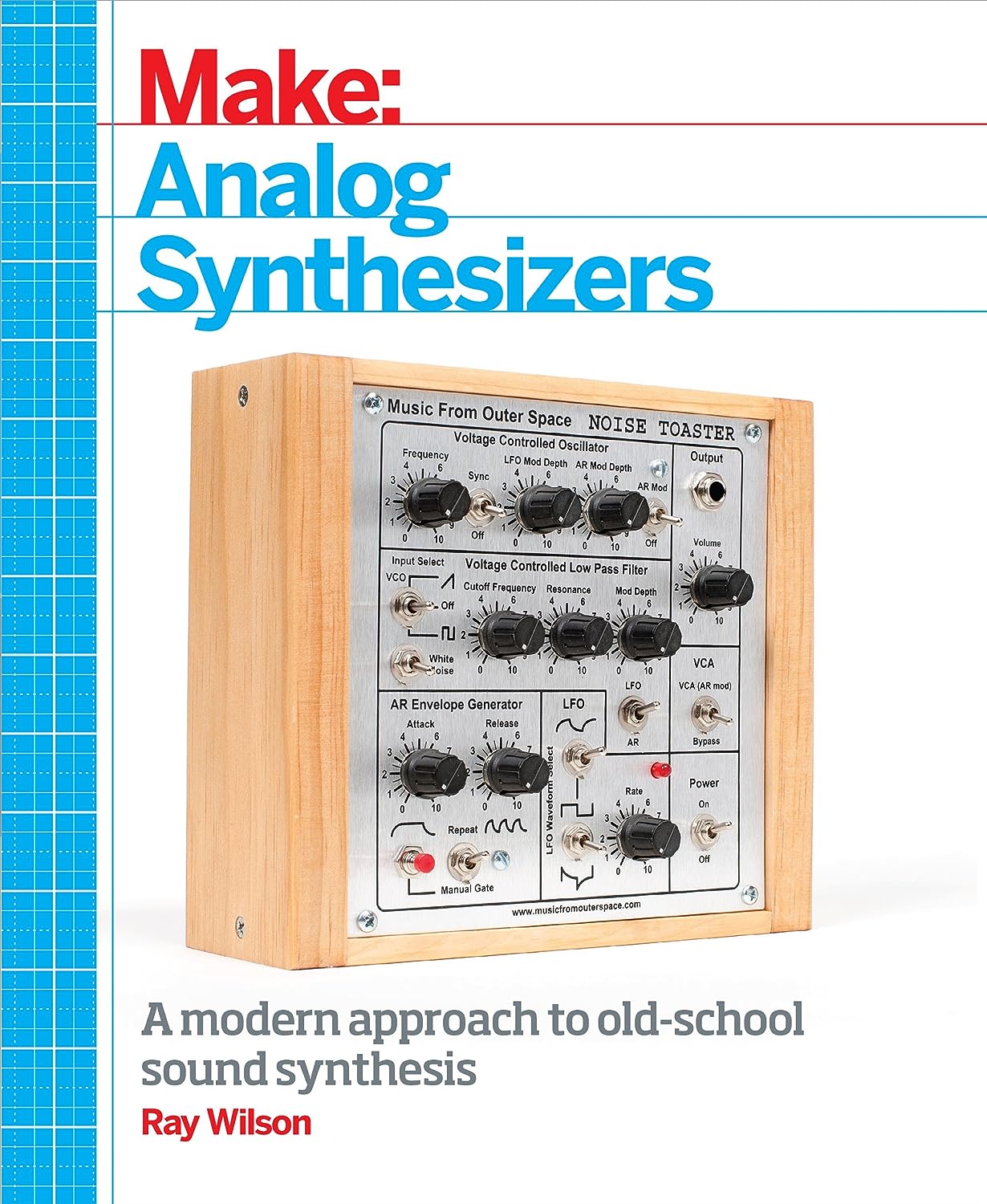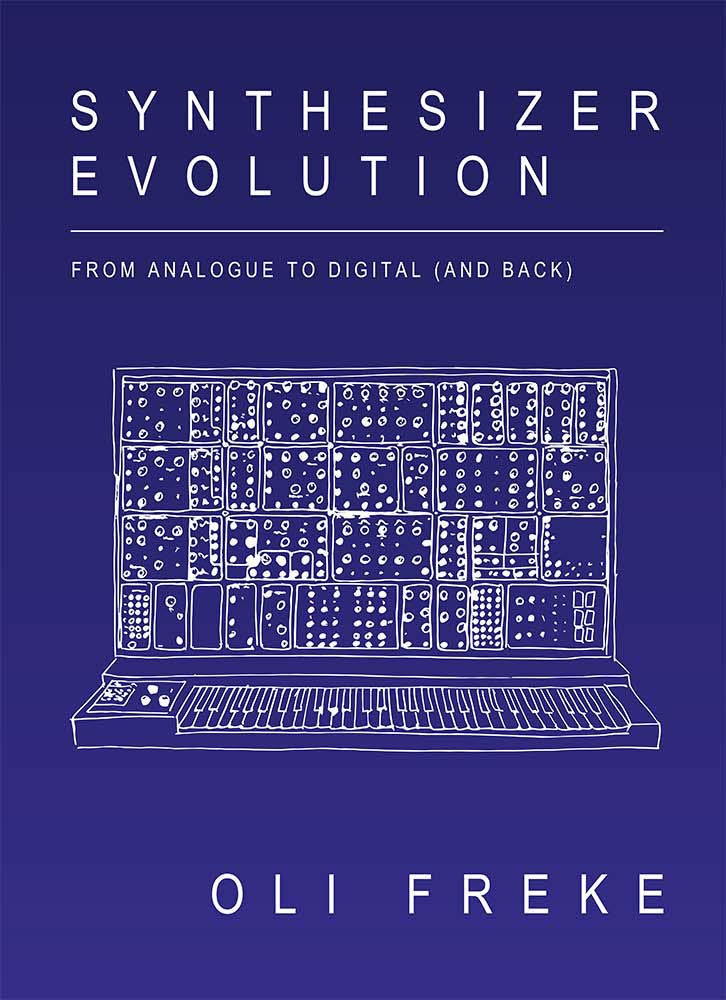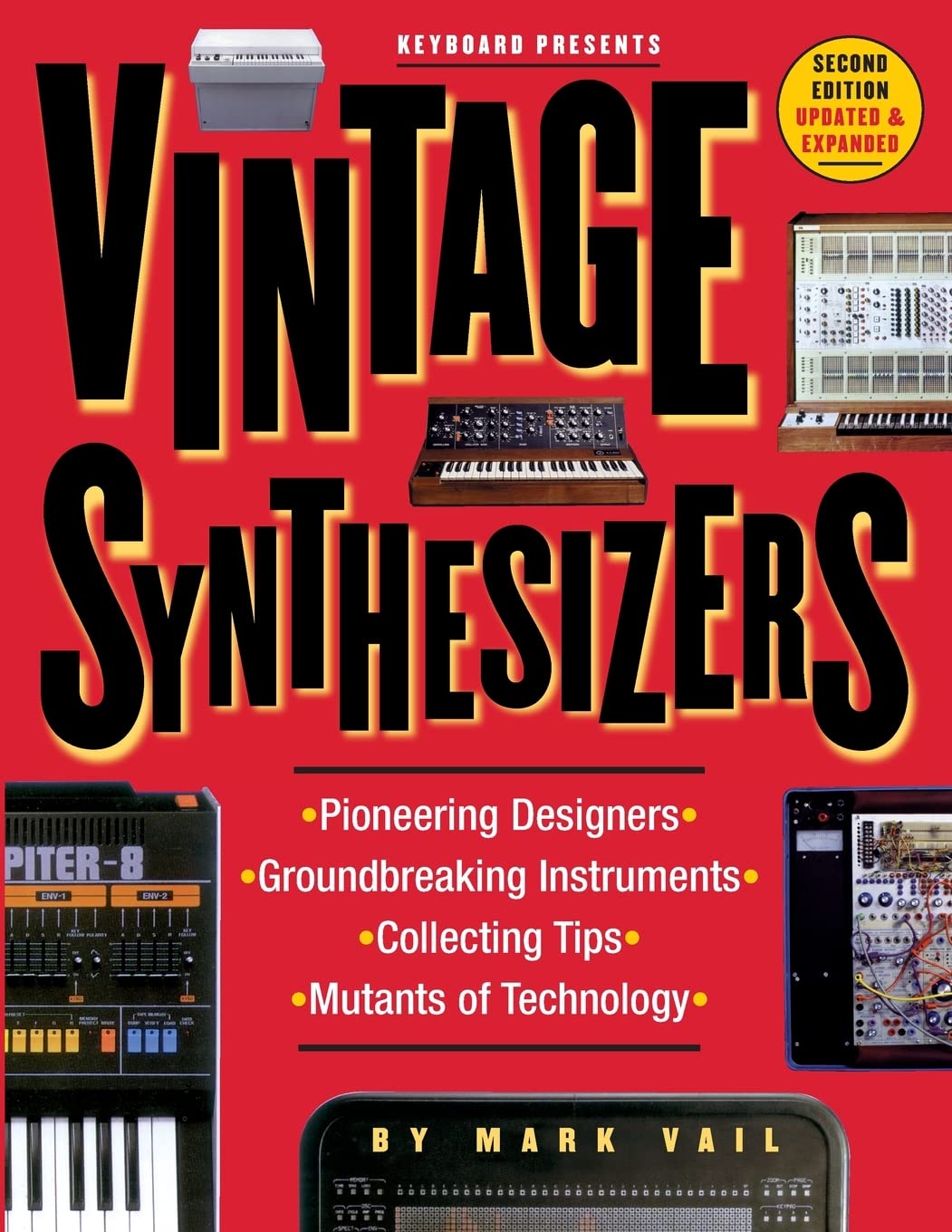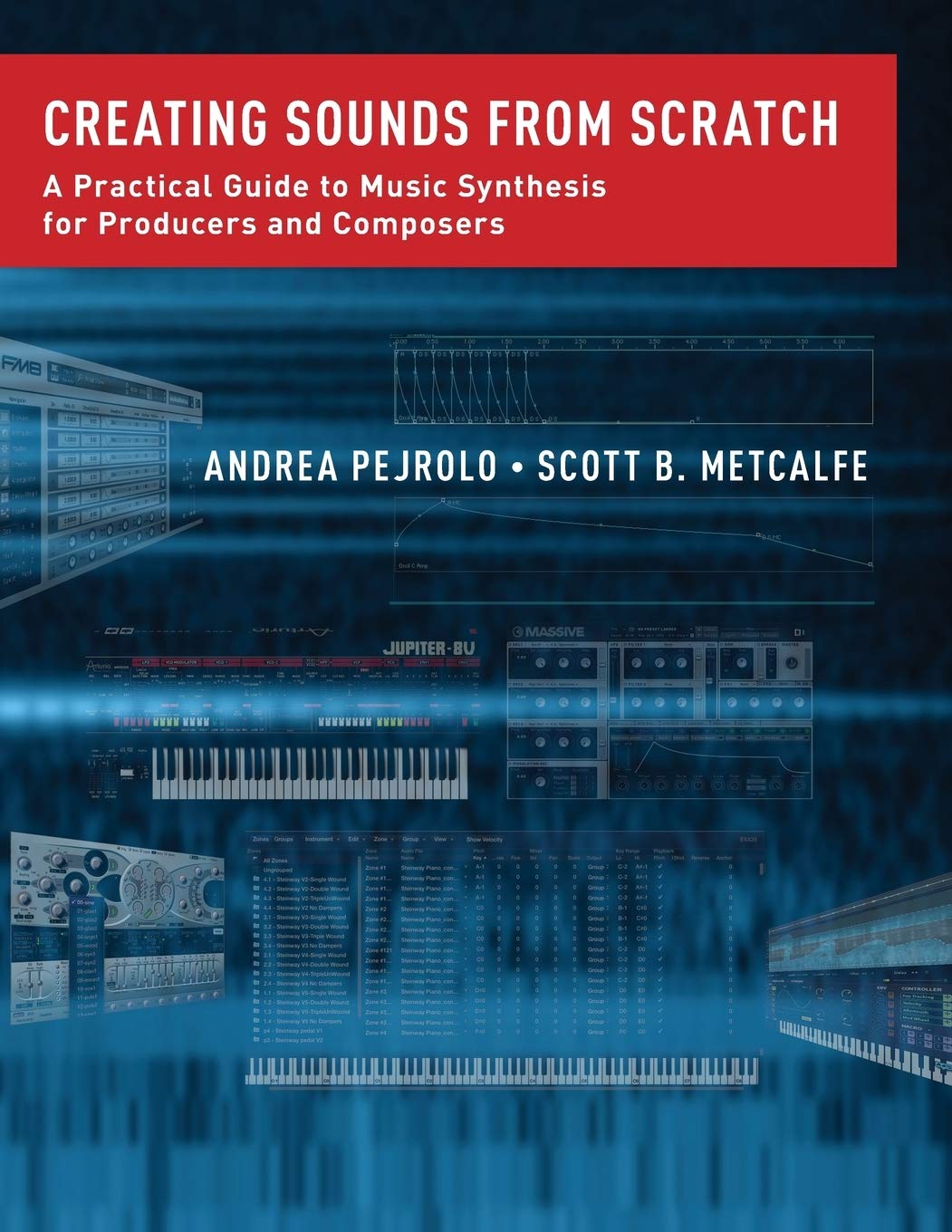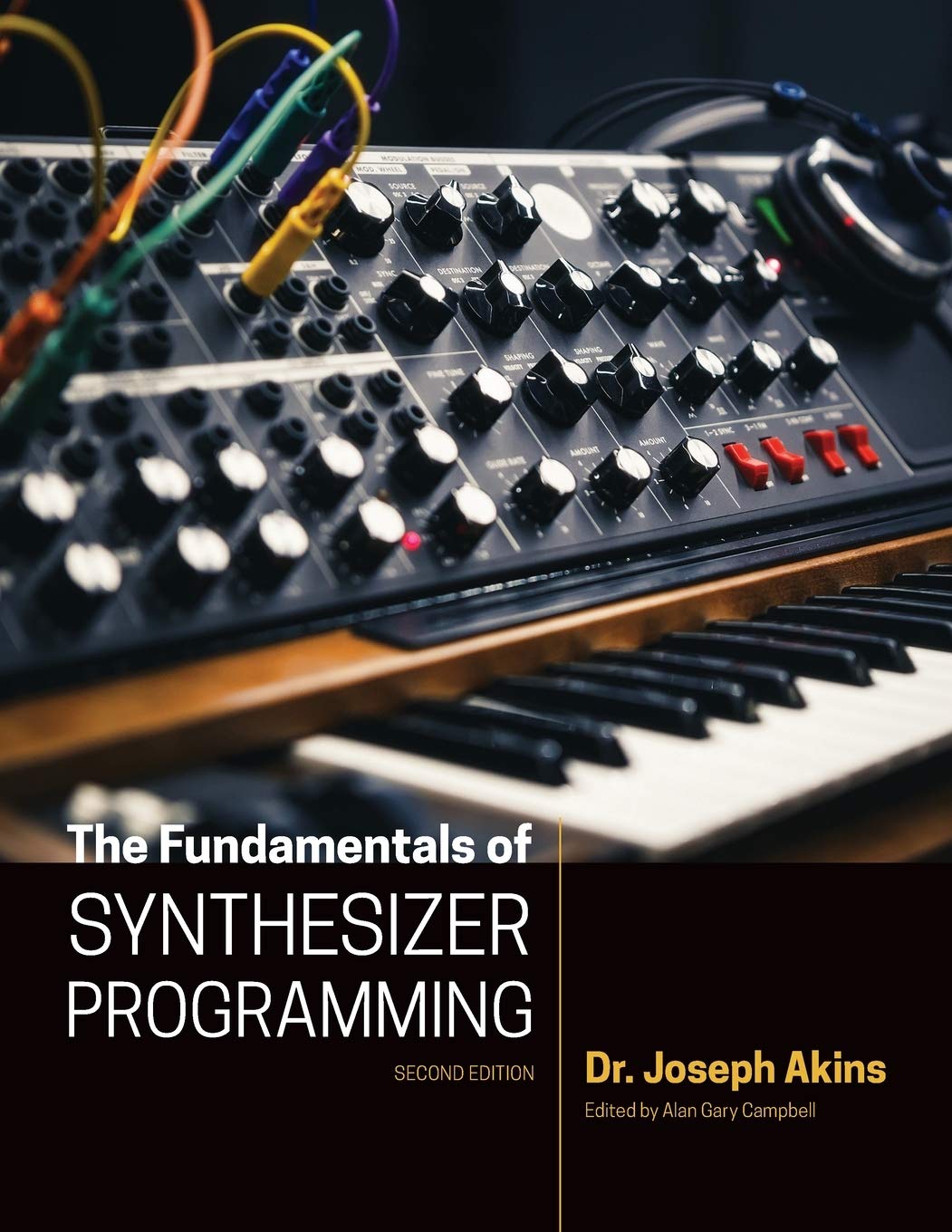Note: Auction links are affiliate links for which the site may be compensated.


via
this auction
There's a cat in the bunch. As always, if you are going to bid on this stuff, be careful. This one is Money Order only.

 Update1
Update1 via cornutt in the comments:
"Info on the EML 100 is surprisingly hard to find, compared to its better-known cousin, the 101. Here's
a link to an email chain that discusses some of the differences. The 100 is actually a lot more rare than the 101."
Update2 via
Laurie Spiegel in the comments; "Hi Matrix. The guy running that auction is in error. I've sent him messages saying the 200 was before the 100 but he doesn't believe me and won't change it. I want to correct the choronology before this misinfo spreads any further because once something's all over the net it's forever.
According to the 1st edition of Mark Vaile's book (the edition I happen to have here) the 200 dates from 1969, and the 100 came out in 1971. Mark gives 2 dates for the 200: 1969 on p. 128 and 1972 on p. 129. The p. 129 date was a typo.
I am just about certain from my own experience that the 100, with its black and white keyboard, was released after the 200 purely modular model and its Model 300 Controller. I visited EML in CT a couple of times and their eariler products were meant to be marketed for educational use, not live performance. Also I've owned a 100, a 200 and a 300 since the early 1970s and IMHO the 200 has a just plain older feel and style and concept.
Though my memory for specific dates may be a bit fuzzy 4 decades later, my paper records show I was hired in fall 1970 to teach at a college that had an Electrocomp studio based on the 200 modular synth its 300 controller.
If anyone has any info that differs from what I've written here, please post it. It was a long time ago.
Thanks again for a great site Matrix,
- Laurie Spiegel"
Peter Forrest's A-Z of Analogue Synthesizers confirms the order as well, although he has the 100 starting in 1970 vs. 1971. According to that book, the 200 came out in 1969 (1969 - 1980) and the 100 in 1970 (1970 - 1972). Regardless, the order is 200 followed by 100. Both books are listed in the
Synth Books section.
Update3 via Sasha. The verdict is still out:
"I ran across some background info on the Electrocomp 100 from Christopher Landers who was a famous newscaster back in the day. Thought you might be interested as it seems to suggest that the EML100 was the first synth in the line and that the separate modules came later (as opposed to what Laurie Spiegel is saying here: http://matrixsynth.blogspot.com/2006/11/eml-electrocomp-100.html ). He said it would be ok to post this info and quote him.
I got mine directly from Walter Sear when I was in high school (I worked at his studio in NYC and was in the room when Keith Emerson was being taught how to work his new Moog C3). Sear had been working with Moog in a business deal until Moog brought in Musonics and Sear split. At that point, Sear found the EML guys in nearby CT and had them create a box that could take on Mini-Moog ...but with the two note deal. The Electrocomp thus became the first "polyphonic" synth--using the top and bottom notes played on the keyboard so the oscillators knew what command to carry out--and also the first device to use IC's. I believe it was later that EML came up with a "box" without a keyboard. I should mention here that Bob Moog, while being the exceptional engineer that he was ...with the higher invention of "voltage control" that permeated many more electronics systems than simply synths (such as medical devices). It was Sear who suggested using a keyboard controller (Moog was set on a resistance strip, which also showed up sitting on top of keyboards for a while). Controllers, back in those days, were the holy grail. It was Sear who experimenting early with the guitar controller. As he related to me: "We can control an oscillator with almost any instrument because we can determine what frequency the controller is making and send that information to the oscillator; the problem with the guitar and other stringed instruments is multiple strings. A guitar has six strings and you can have six oscillators but, which oscillator plays in reponse to which string?" Is that great or what?
Best, Sasha"
Update4 via mr.scappy in the comments: "I have a 100 and a blue-face 200, and each has a different address for EML screen-printed on the control panel. Both list P.O. Box H, but the 100 has the city address as Talcottville, CT, 06080, and the blue-face 200 has the address at Vernon, CT 06066. (Today the 06080 zip is specific only to MacDougall-Walker Correctional Institution. Interesting.)
All of my literature for EML synths shows the Vernon address, and the EML-100 is not included among the synths shown. Perhaps the 100 was built at the Talcottville location and all others at the Vernon location? This would seem to place the 100 first in line. Just a thought."
Update5: Sasha contacted Jeff Bachiochi who worked for EML. Here is what he had to say:
"If I'm not mistaken the 100 was the first keyboard synthy that EML produced but not the first synthesizer. The first was a studio type that was just oscillators, mixers, filters, sampler, and ring modulator connected by patch cords and manually controlled with knobs. Which blue was the original color of all EML products, the line quickly went into a brush aluminum style with etch black nomenclature. These were originally made for class room use and the blue paint used would chip off, from all the patch cord plugging and unplugging by the students. Ah, those were fun times."
followed by:
"Yes, Sasha, the first was the 200. That's how I got started with EML. My wife (then girl friend) told me that her High School music class had gotten this electronic music box and the address on the front was the local town. I stopped by the factory, which was in basement of one of the three co-owner's house. We began a long time friendship and I started to work for them as their first employee. The 300 came on line soon after using a keypad as the first crude kind of keyboard."
Update (6/29/2011) via Prosper in the comments:
"I now own this synth. It was refurbished and repaired in 2007 with the following mods. A) Filter has been opened up so the Filter Octave Switch goes one higher and one lower than on the synth. Very handy. B) For the Noise pot in the filter mixer, instead of going between white and pink noise it goes from white to OSC 1 output so OSC 1 does not have to patched into the filter mixer. Very handy.
I've pointed out the differences between the 100 and 101 on the VSE page for the 100."
 Title link takes you to fetafarm.com which is currently just an image linked to an email address. Click image for larger shot; the fetafarm is the unit on top.
Title link takes you to fetafarm.com which is currently just an image linked to an email address. Click image for larger shot; the fetafarm is the unit on top. Via Loscha:
Via Loscha: 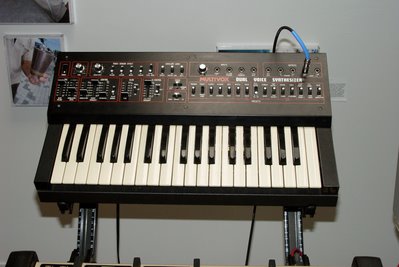

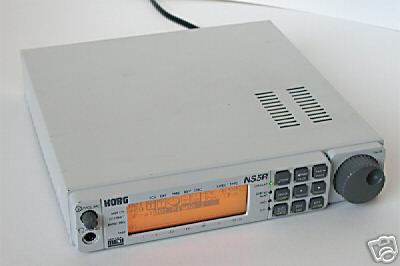 Anyone know how to add MIDI to the steering wheel?
Anyone know how to add MIDI to the steering wheel?
 No title link, just two shots of the Yamaha TX216 via this auction. These units always tripped me out. Each thin slot you see there is a TF1 which is a full DX7. You can up to 8 in the rack.
No title link, just two shots of the Yamaha TX216 via this auction. These units always tripped me out. Each thin slot you see there is a TF1 which is a full DX7. You can up to 8 in the rack. 
 Title link takes you to shots pulled from this auction. I don't think I've ever seen one this clean before.
Title link takes you to shots pulled from this auction. I don't think I've ever seen one this clean before.
 flickr by anttia.
flickr by anttia.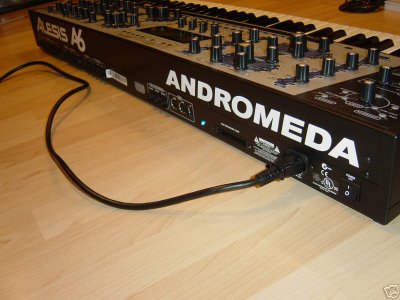 Title link takes you to shots pulled via this auction.
Title link takes you to shots pulled via this auction.
 Title link takes you to a flickr set of closeup synth shots via Patient Dinosaur. Faderfox pictured.
Title link takes you to a flickr set of closeup synth shots via Patient Dinosaur. Faderfox pictured.



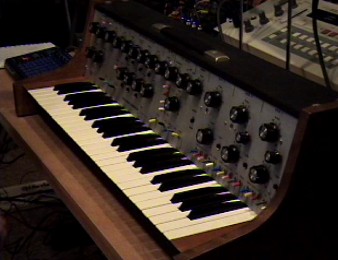
 Title link takes you to shots pulled via this auction. For some reason I love seeing the old packaging almost more than the synths. Shots are harder to find and it gives you a sense of what it might have been like receiving the synth new.
Title link takes you to shots pulled via this auction. For some reason I love seeing the old packaging almost more than the synths. Shots are harder to find and it gives you a sense of what it might have been like receiving the synth new. "The Pearl SC-40 is a hybrid drumsynthesizer from 1985 with digital oscillators and analogue filters. It can be controlled by 8 drumpadinputs or Midi.
"The Pearl SC-40 is a hybrid drumsynthesizer from 1985 with digital oscillators and analogue filters. It can be controlled by 8 drumpadinputs or Midi. Happy day-after-Halloween via Lenny the Lemur.
Happy day-after-Halloween via Lenny the Lemur. I try to keep auction posts limited to either interesting shots, details or the somewhat obscure and rare. This obviously falls into the latter, as the shots aren't the best and the details aren't particularly interesting. Title link takes you to the shots pulled via this auction. The details are from this emusician.com page.
I try to keep auction posts limited to either interesting shots, details or the somewhat obscure and rare. This obviously falls into the latter, as the shots aren't the best and the details aren't particularly interesting. Title link takes you to the shots pulled via this auction. The details are from this emusician.com page.



 Update1 via cornutt in the comments:
Update1 via cornutt in the comments: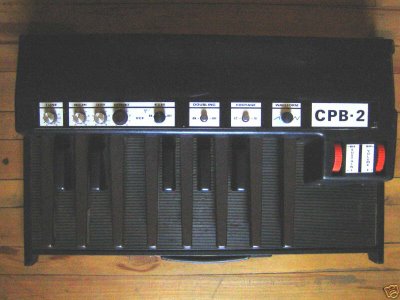 Title link takes you to shots pulled via this auction.
Title link takes you to shots pulled via this auction.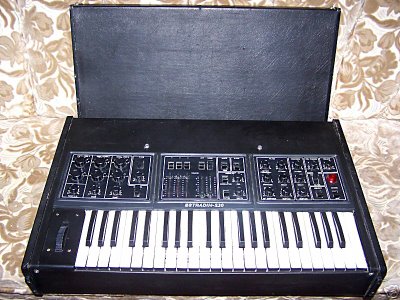 Title link takes you to shots pulled via this auction. Check out the red led.
Title link takes you to shots pulled via this auction. Check out the red led. Title link takes you to the set. Each shot has a different tagline. And... Just in case you missed my previous post, Cynthia modules are now available via Analogue Haven.
Title link takes you to the set. Each shot has a different tagline. And... Just in case you missed my previous post, Cynthia modules are now available via Analogue Haven.
 Title link takes you to shots pulled via this auction. Anyone know what joystick studer modules are? Note the auction is for 6 Moog knobs, the matrix pictured, 8 pin connectors, and the Joystick Studer Modules.
Title link takes you to shots pulled via this auction. Anyone know what joystick studer modules are? Note the auction is for 6 Moog knobs, the matrix pictured, 8 pin connectors, and the Joystick Studer Modules. Title link takes you to some shots pulled via this auction. They aren't the greatest, but there you have it.
Title link takes you to some shots pulled via this auction. They aren't the greatest, but there you have it. 